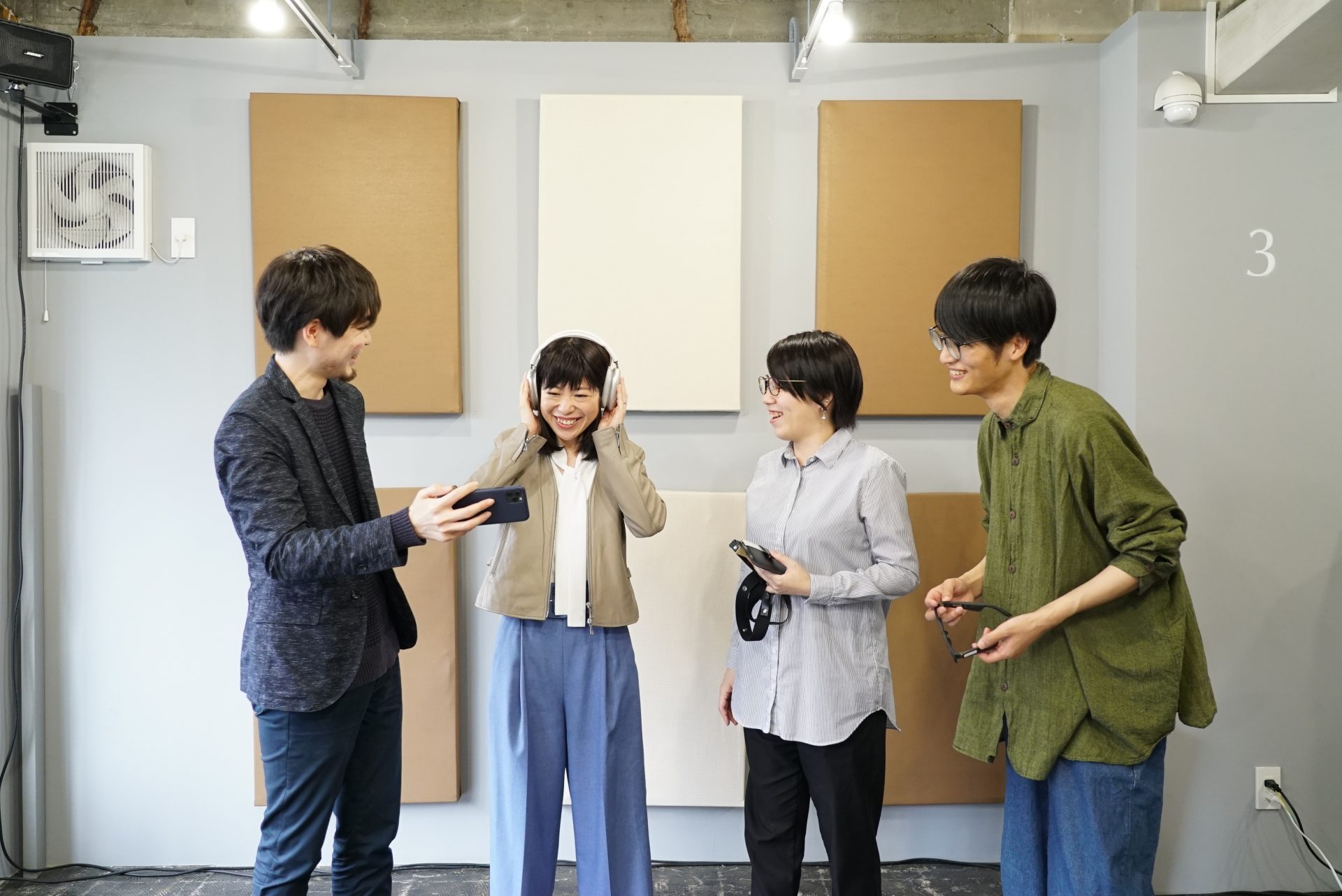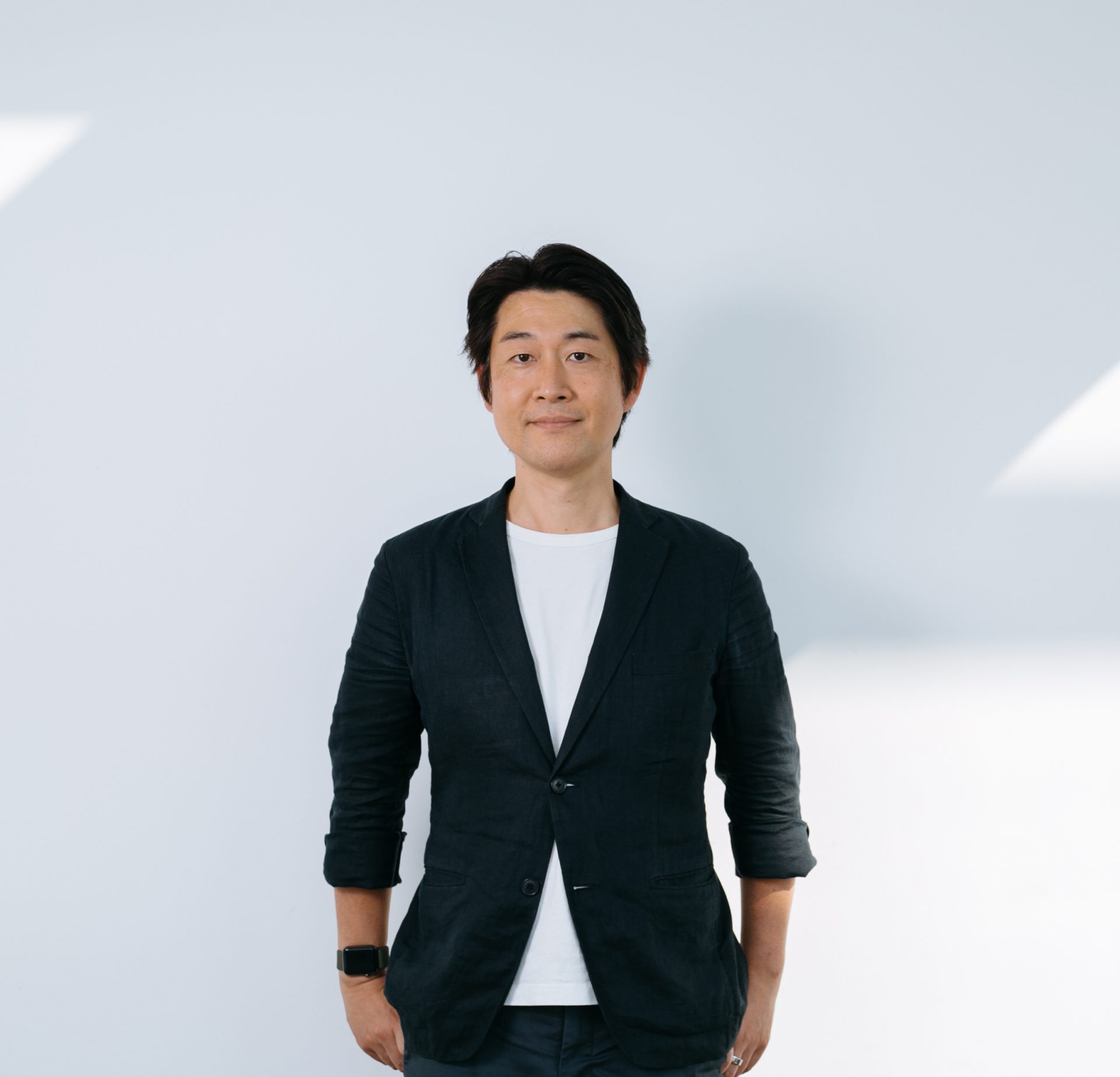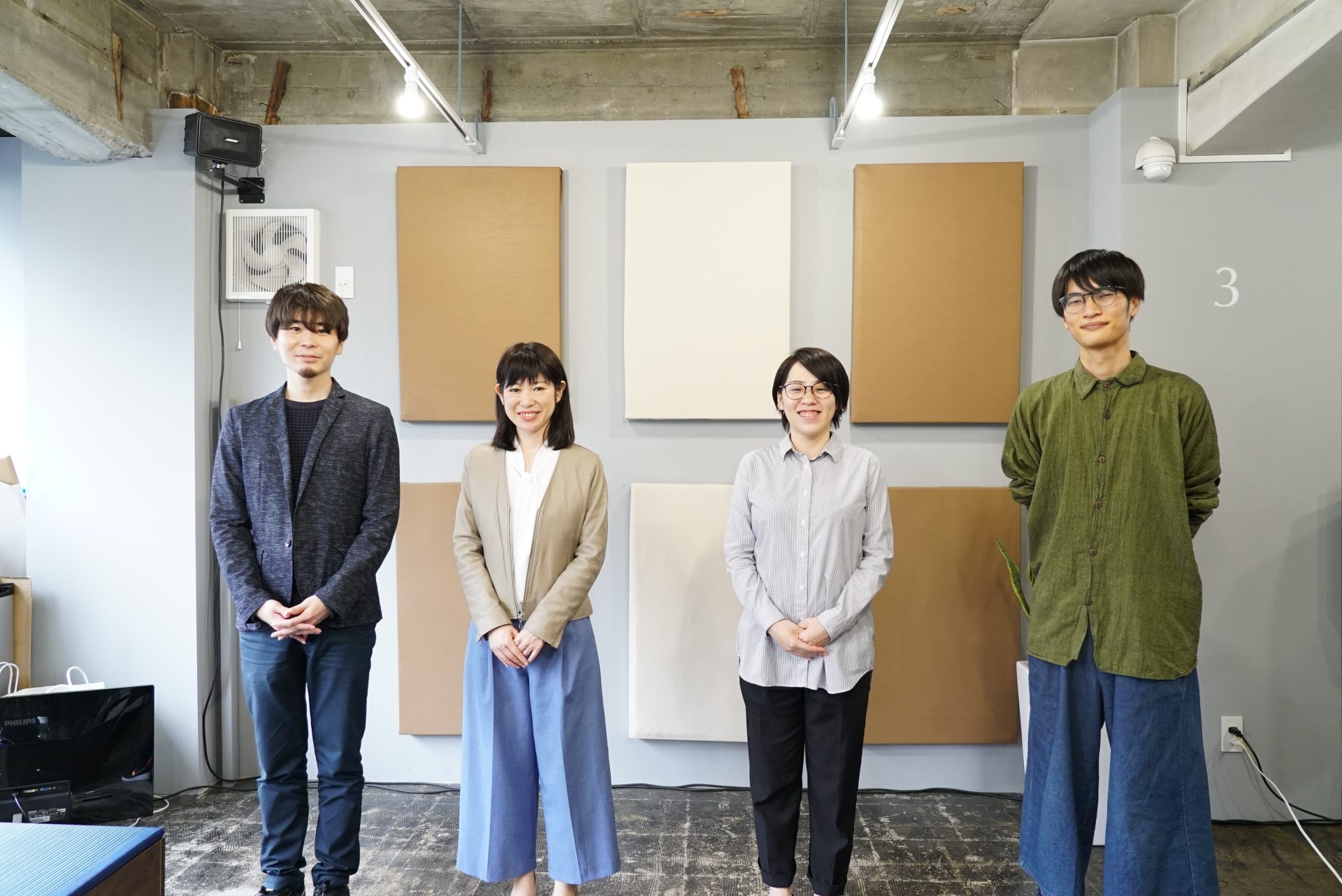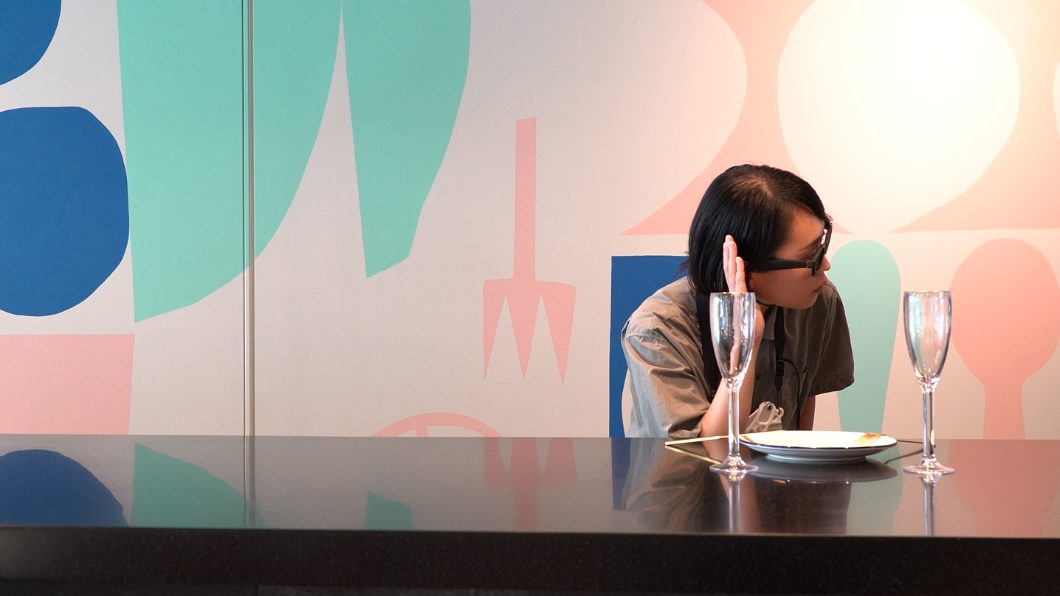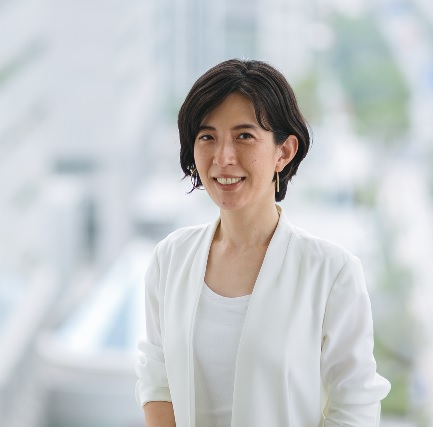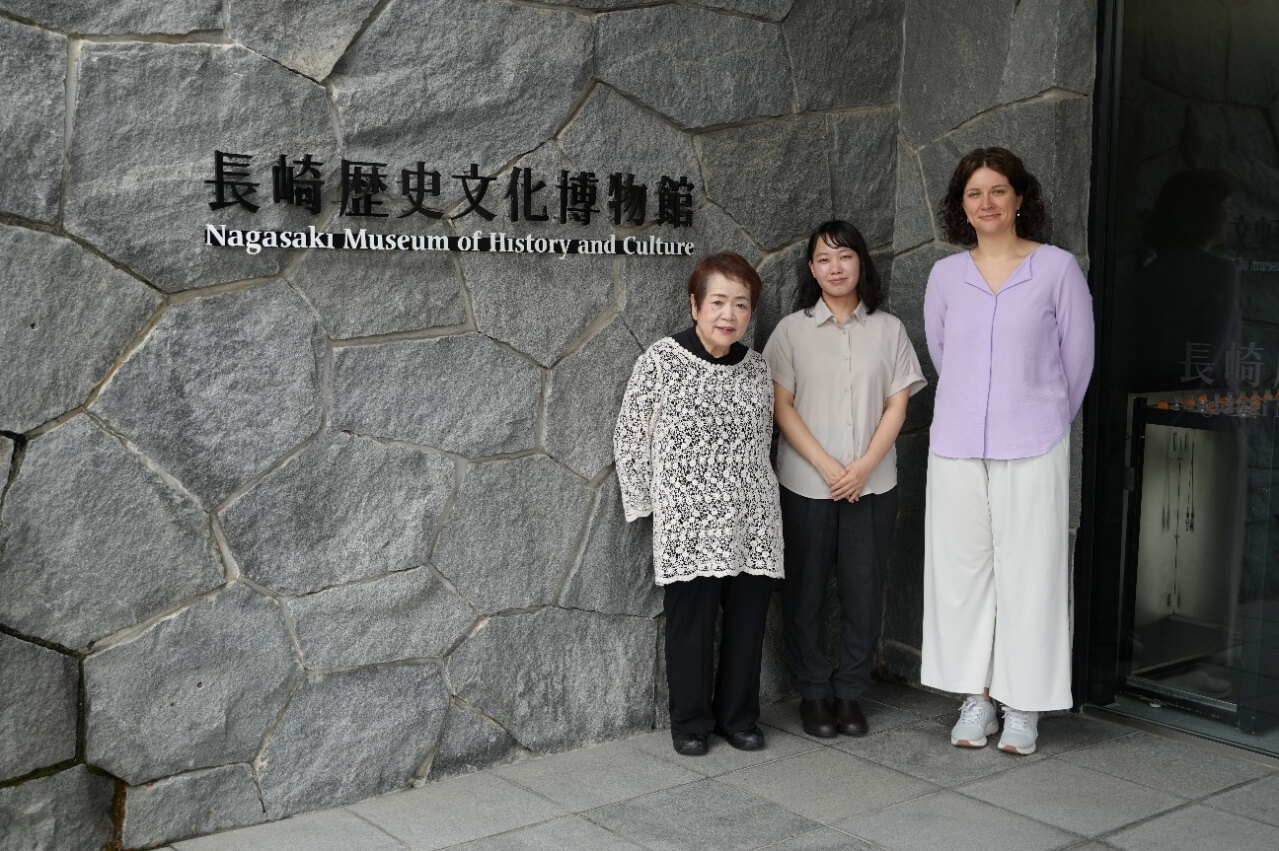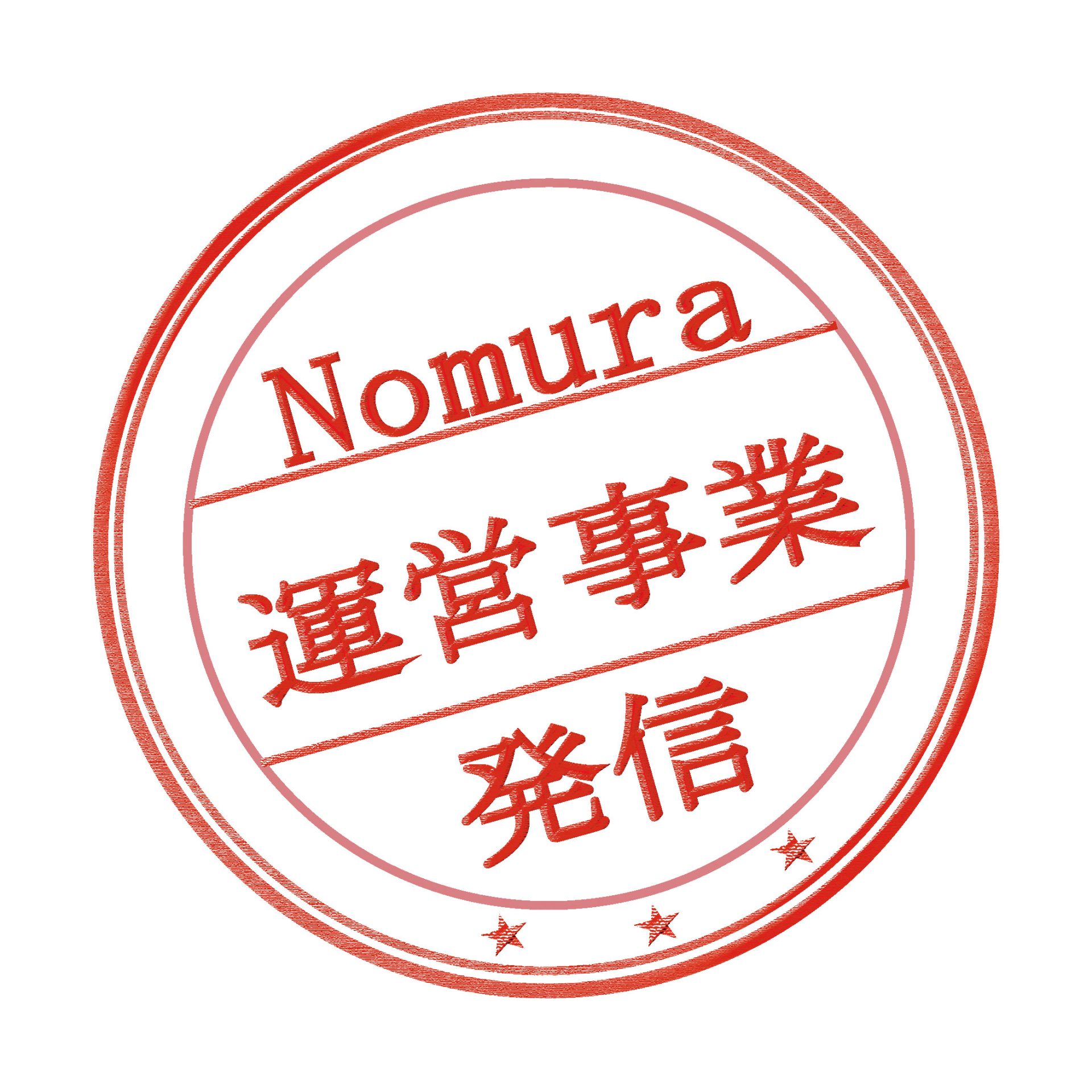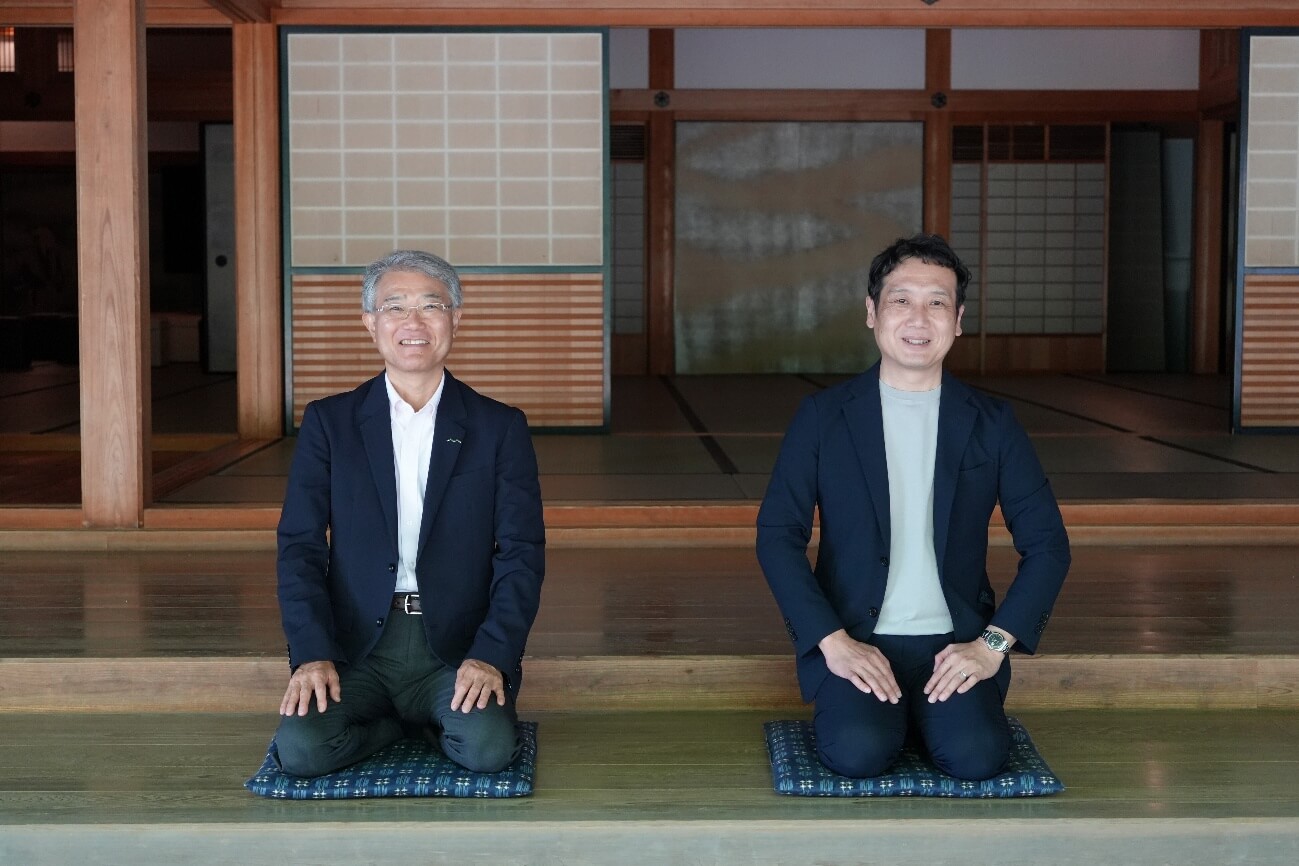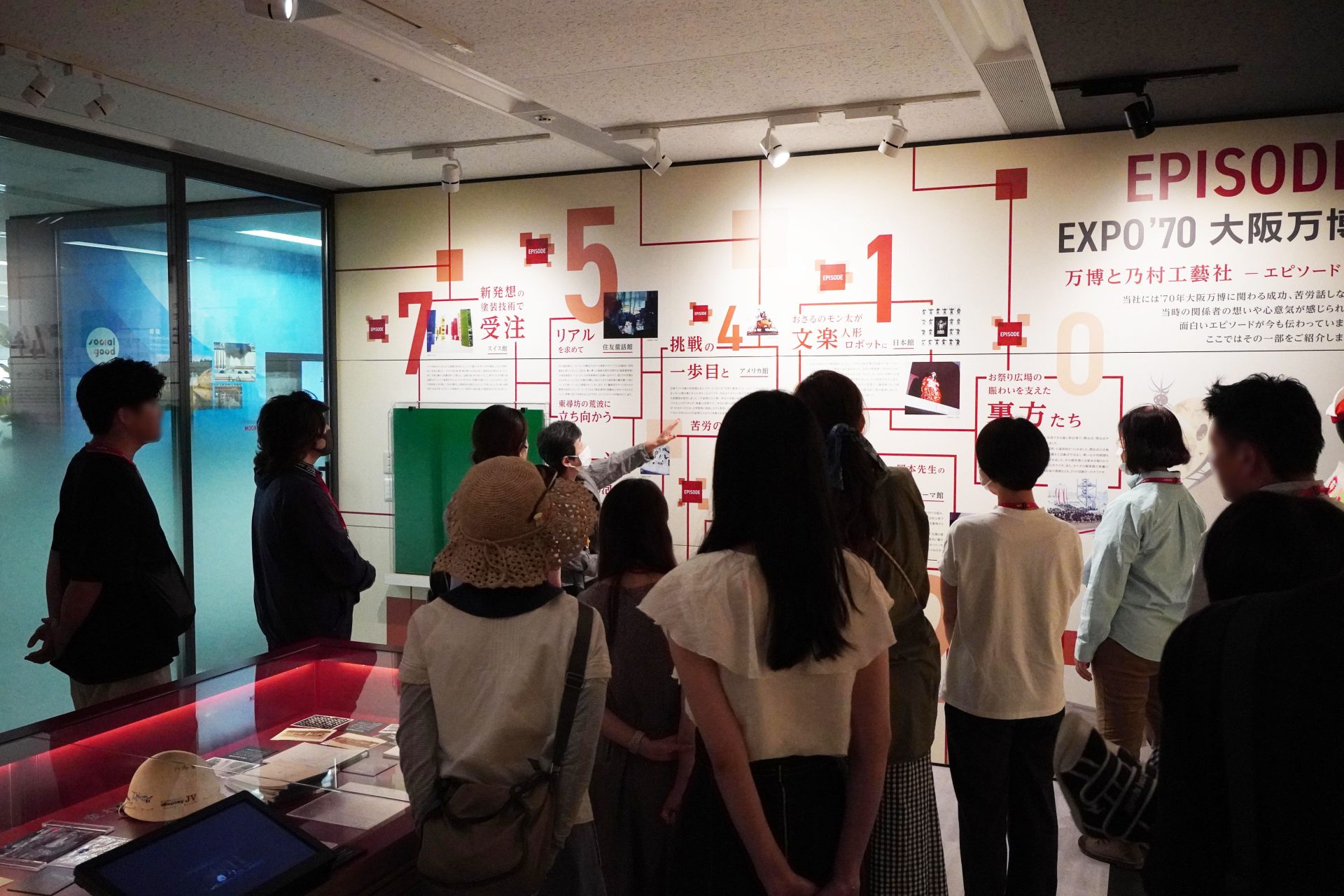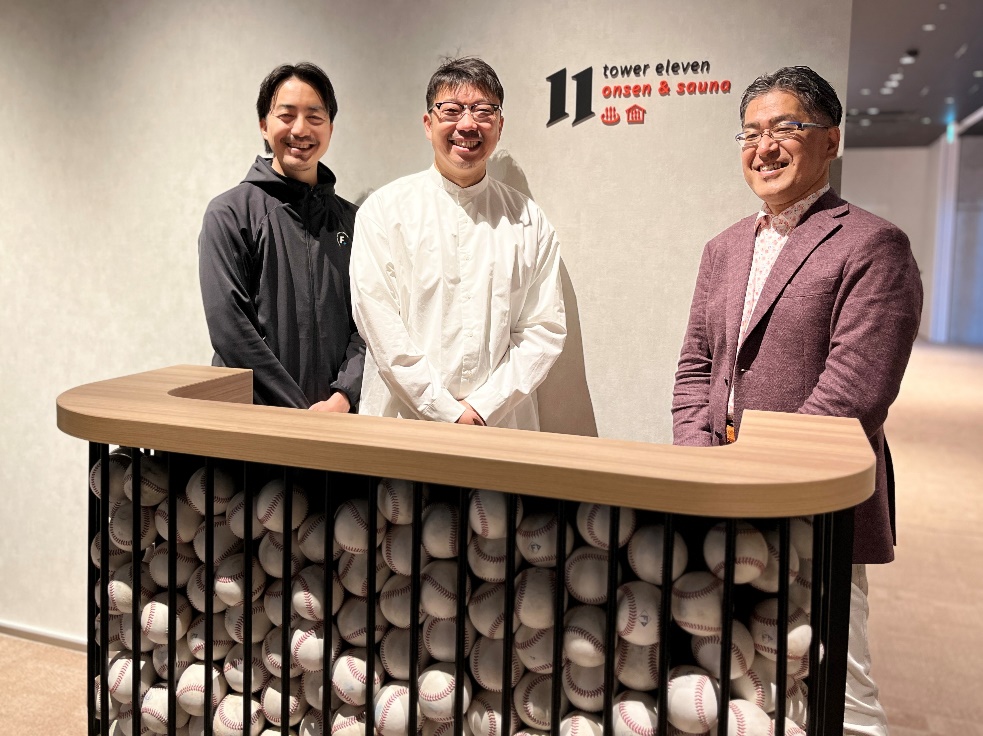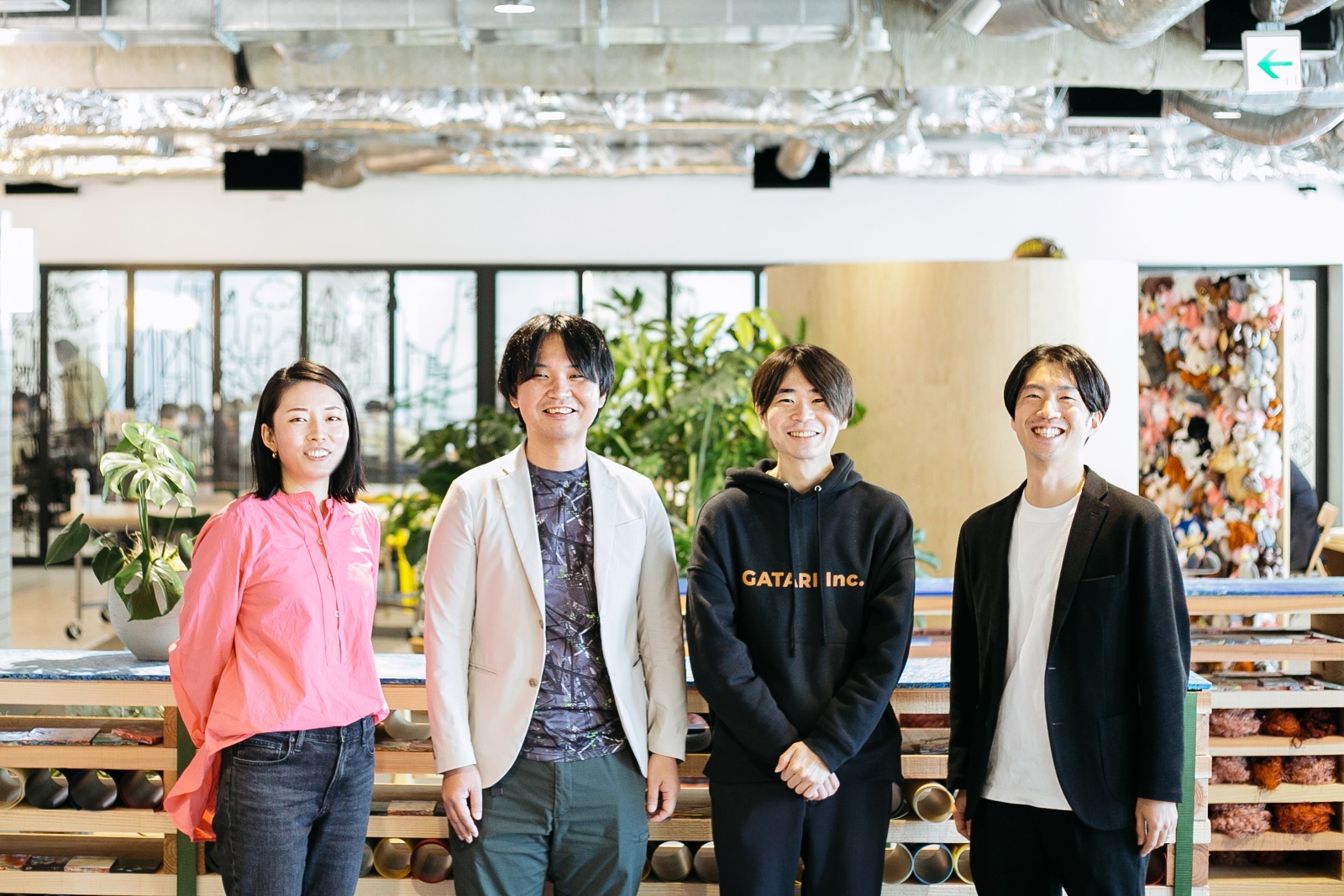
Enjoy the museum with the "sound" placed in the space.
What is the new art appreciation experience born from “oto rea”?
2022/12/02
- text and edit by
- nomlog editorial department
Spatial experience expansion device with "sound" oto rea "teeth, through mixed reality A start-up corporation aiming to create future infrastructure GATARI And NOMLAB of NOMURA Co., Ltd. has started joint development in the wake of the corona disaster. Even in this nomlog, 2020, 2021 We have been regularly introducing the efforts of team members, and in December 2022, the Mitsubishi Ichigokan Museum in the Marunouchi area of Tokyo will finally open. Exhibition "Vallotton - Black and White" A demonstration experiment will be conducted in
Speaking of sound content that can be enjoyed in art museums and museums, audio guides. You can listen to explanations about the works and artists, and it is a useful item for “knowing and understanding more deeply” about the exhibition, but what kind of service was created using “oto rea”?
This time, Shun Funatsu of NOMURA Co., Ltd., Ltd., who worked on this project, Moe Murakami, a planner of NOMLAB, Mr. Shunichi Takeshita, representative of GATARI Co., Ltd. (hereafter, GATARI), Sone of Haregake Co., Ltd. (hereafter, Haregake) We invited Mr. Tomohiro for a discussion.
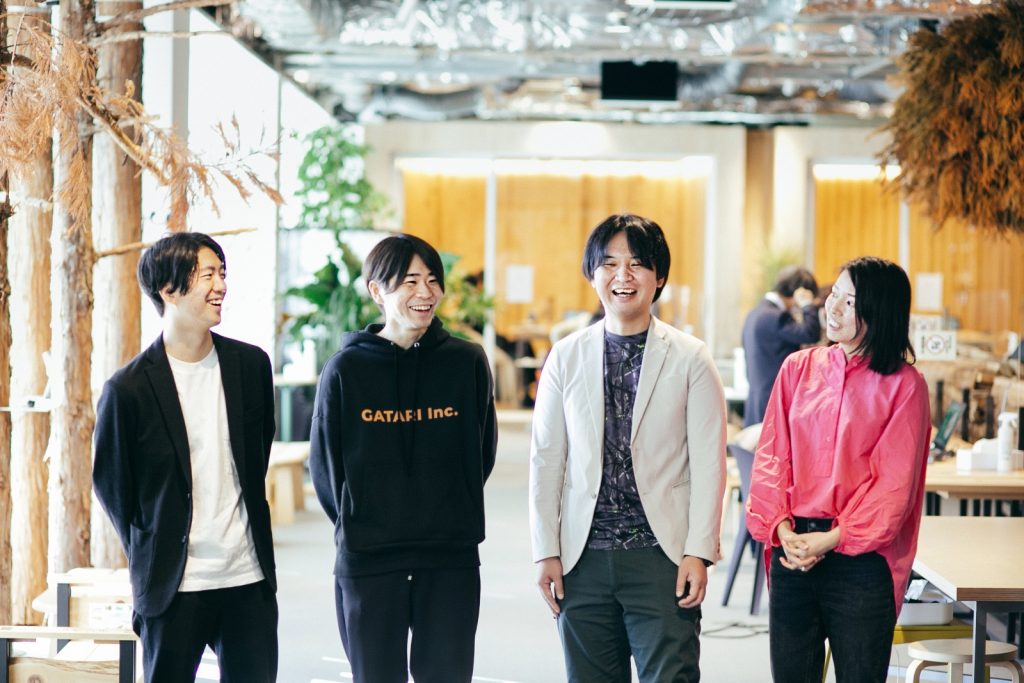
From the left of the photo
NOMURA Co., Ltd. in charge of promoting the project Shun Funatsu
Representative from GATARI Co., Ltd. (hereafter, GATARI), which was in charge of service development Mr. Shunichi Takeshita
From Haregake Co., Ltd. (hereinafter referred to as Haregake), which was in charge of scenario and visual production, Tomohiro Sone
NOMURA Co., Ltd. planner in charge of content direction Moe Murakami
The first implementation of "oto rea" is at an art museum exhibition
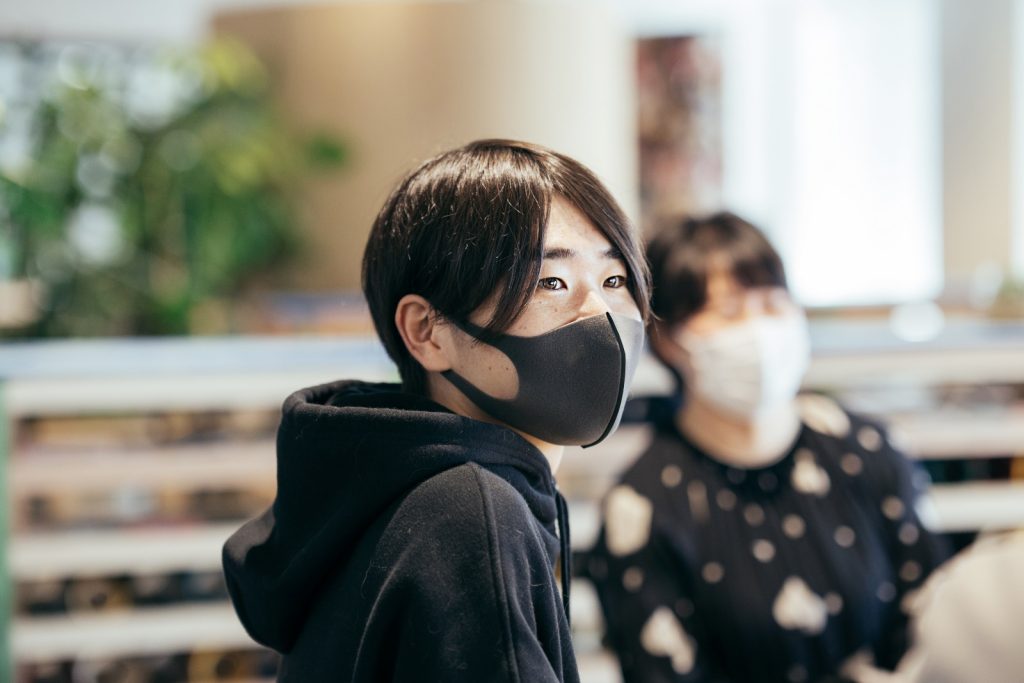
Takeshita
From this year, we started a three-year project with Mitsubishi Estate Co., Ltd. at the request of the promoter ReGACY Innovation Group Co., Ltd. At the Mitsubishi Ichigokan Museum, when it was decided to use "Auris", a futuristic voice guide that tells the story of reality developed by our company, a tour-type specializing in the direction of the exhibition using Auris was decided. We consulted with NOMURA Co., Ltd., who worked with us on the joint development of the acoustic experience service "oto rea".

Murakami
After receiving the offer, we have been preparing since the summer of 2022. So far, we've been developing "oto rea" together with GATARI for two years, but this will be our first demonstration experiment.
The museum wanted to increase the number of new visitors to the exhibition, especially the younger generation, so we thought it was necessary to have a story that young people could enjoy. While considering the specific content, we wanted to create an entertainment element that would allow customers to experience as if they were in the story, and that the story would unfold with hints from the pictures as they progressed, such as "mystery-solving." I thought it would be interesting if I could create content that had that, so I consulted with Haregake, who has been in contact with NOMLAB for a long time and has held numerous mystery-solving events.
Haregake plans, produces, and manages puzzle-solving events that have many fans. This time, it was a request that was a little different from the mystery solving, and specialized only in the scenario.
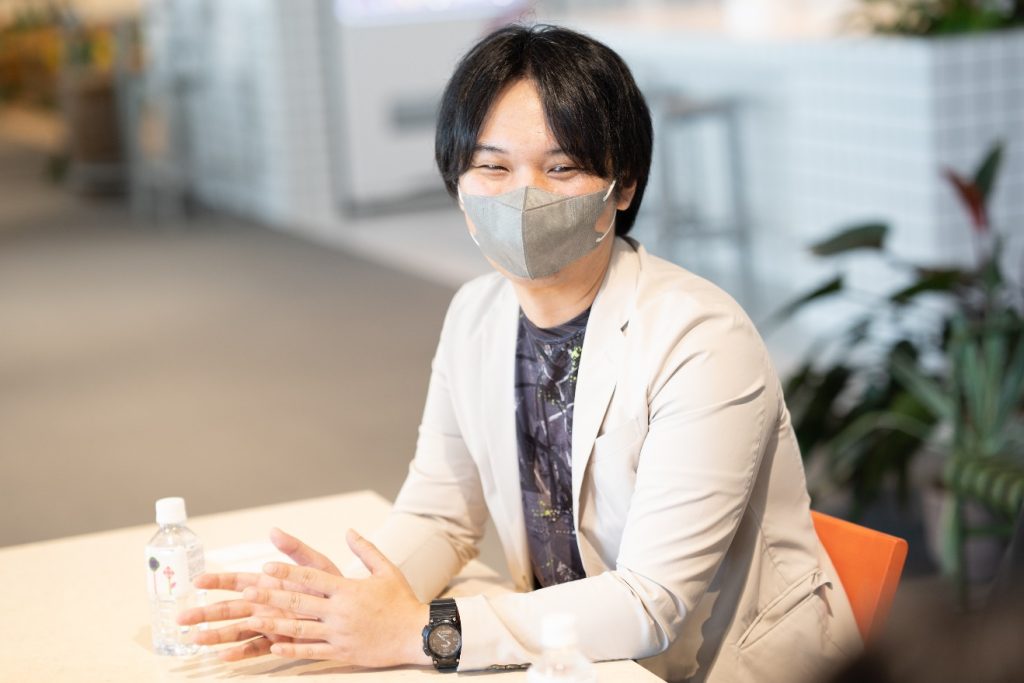
Sone
I was thinking that I would like to do something that would create an interesting experience, not limited to solving puzzles, so I decided to do it. In a mystery-solving event, participants take notes and walk around while thinking, but this time, they only listen to the audio in the exhibition room of the museum. I visited this office to experience "oto rea" and consider the scenario to see what kind of movements and stories could be made.
The story unfolds while watching the works in the exhibition room, but it is a different content from the conventional audio guide, where you can listen carefully to the explanation of the artist and the work.
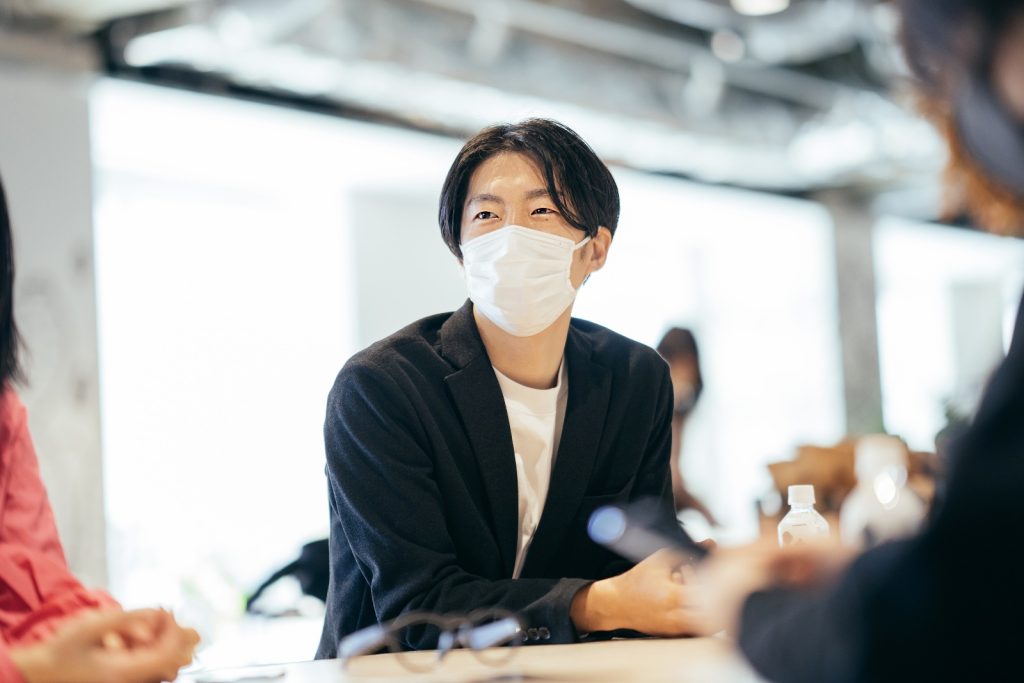
Funatsu
Taking a different approach from
general commentary, we have created a mechanism that allows you to listen to the sounds placed in the space of the exhibition room and actively view the work. Of course, the contents of the exhibition and works are closely related, but even those who do not usually go to museums or who do not have knowledge of exhibitions and artists can fully enjoy it.
At the same time, for those who are familiar with art or who like to see paintings, it may be a completely new viewing experience that is neither an artist commentary nor a work commentary.
It is not a commentary on the work, but you can fully enjoy the world of the exhibition and the work. I am very curious and would love to experience it.
Murakami
I think that one of the keywords in creating a space that I am conscious of is "whether it will be exciting to experience it together with someone". Choosing something together, playing against each other, and having things in the space that serve as hooks for communication are also important. This time, the story is realistic and I think it will be sympathetic to young people, and I think that the ending changes depending on the choices, and this tool called "oto rea" itself will be an interesting experience. I hope you enjoy it.
First attempt for allthree companies, a fumbling challenge
"oto rea" allows you to experience completely new audio content that has never existed before. How did you complete the content?
Murakami
This is the first demonstration experiment for "oto rea", so it's the first challenge for all the members involved. The process of completing the scenario was also fumbling. I was in charge of experience design. How do you think visitors will feel about Nomura's projects so far? I've been thinking about what kind of flow pattern there is. Taking advantage of that knowledge, we designed the effective placement of the sound from the visitor's point of view again this time.
First, we asked Haregake's writers to write the entire scenario from start to finish, then we actually walked around the exhibition room to examine the detailed placement of the sounds, and continued to make adjustments to suit the scene.
Funatsu
Mr. Haregake, who is used to making stories, gave me the idea of "presenting options and letting the customer choose" for an active experience and incorporating it into the scenario. Thanks to being entrusted with this task, we were able to experience things such as the direction and tone of the entire story, and how to reconstruct and direct the sound in the space according to the characteristics of "oto rea." I was able to focus on the details in the design.
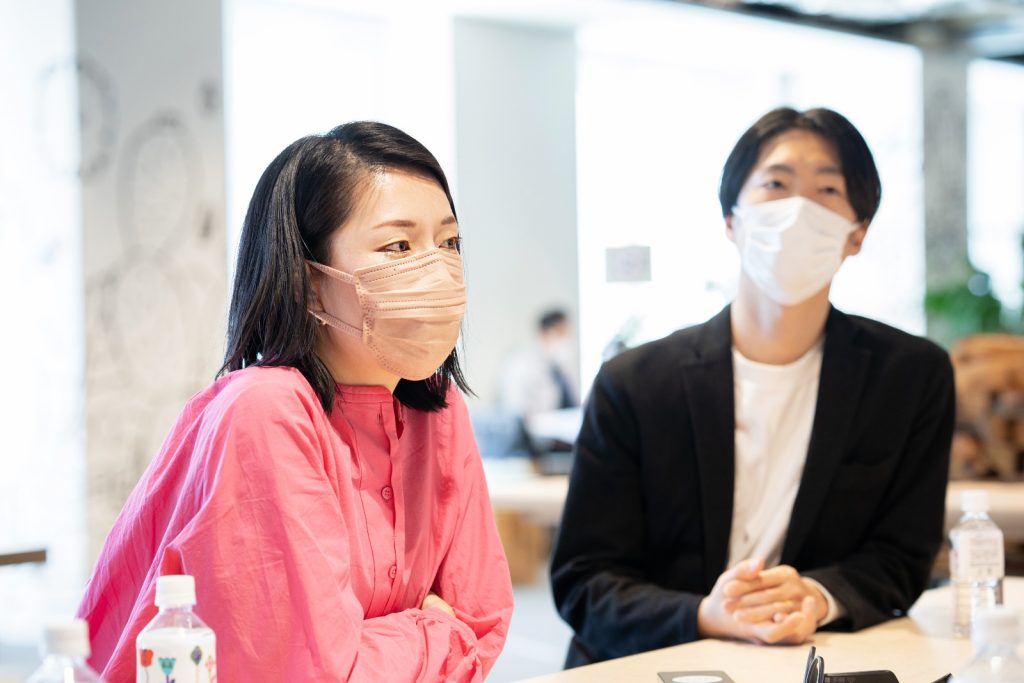
Murakami
At the stage of creating the scenario, the works had not yet been exhibited in the exhibition room, so in addition to us, Mr. Sone, the writers, and Mr. Takeshita, we had people from the Mitsubishi Ichigokan Museum accompany us, asking us what works were where and how. While comparing the plans for the exhibition, which was planned to be exhibited, with the bundle of printed scenario papers, I thought specifically about what lines and sounds should be placed in front of which work and where.
So, in fact, I asked the writer to write the scenario while imagining SE. Since I had picked up several works and had them intertwined with the story, I thought it would be nice if there was a sound related to that work, so I consulted.
Sone
To be honest, I was puzzled by that request (laughs). But the writer, for example, puts in the sound of rain if the work depicts a rainy landscape, or puts in the bark of a horse if it looks like it's going wild. It gave me an image that I should be able to hear this kind of sound because something is happening.
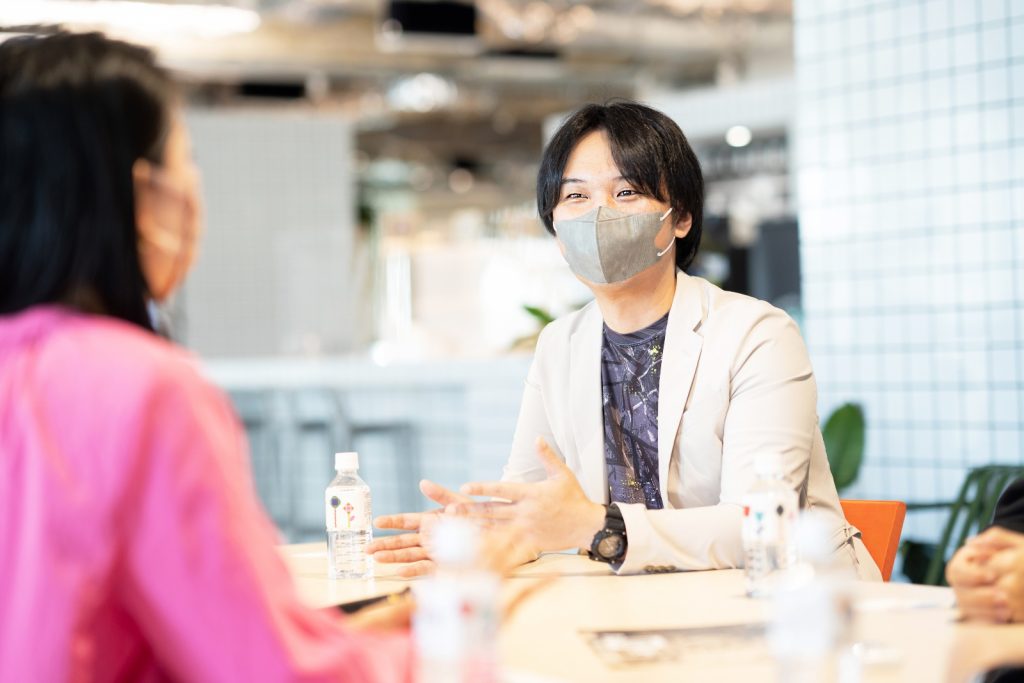
After actually going around the exhibition rooms, I came up with more specific ideas, such as what kind of background music would be good here, and if the dialogue needed to be adjusted for the distance of the corridor, while keeping in mind the history and contemporaneity. He was kind enough to discuss it with me and finish it.
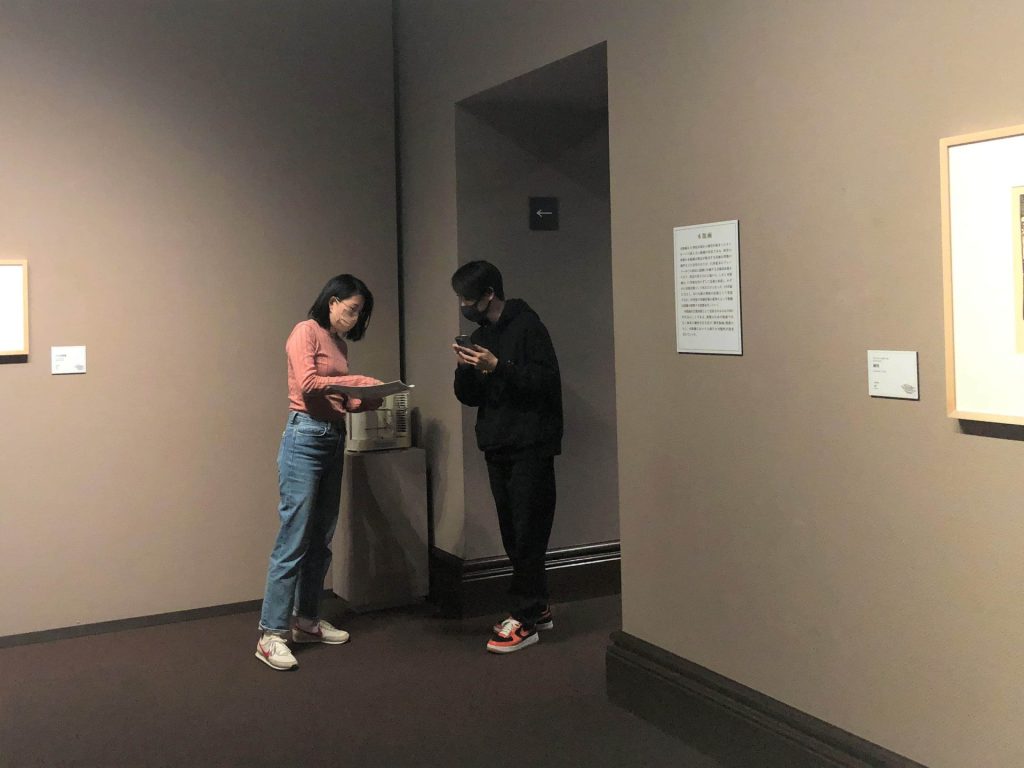
Placement of sounds at the museum site
So you created a scenario for "oto rea" that included not only dialogue, but also a wealth of sounds that enriched the image of the story. When the scenario is complete, it's a coordination work with GATARI who will place it in the actual space.
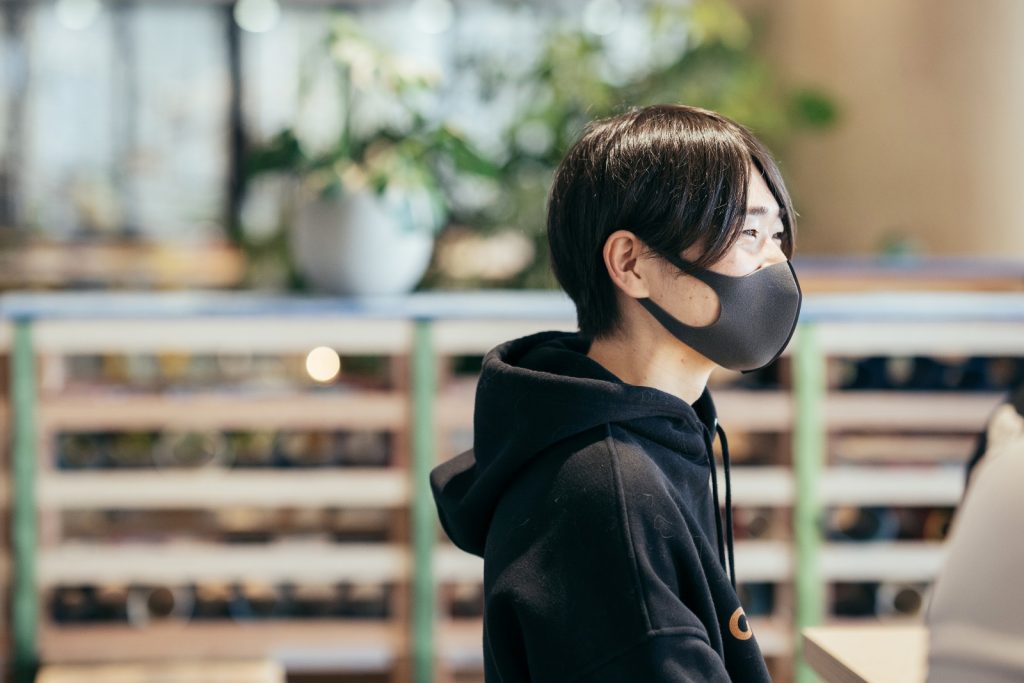
Takeshita
yes. Normally, in order to improve the space that already exists, we divide the space for each scene while maintaining the consistency of the rhythm and sound, and think about the contents of the production and commentary. I felt that thinking from the story is also a good approach. Also, it was a new initiative to create a story and sound production based on a scenario that has been carefully crafted to this extent.
Murakami
Is it really possible to realize the story created by Mr. Haregake as a completely new audio experience in the space of an exhibition room? There are many things that I have to think about when designing sounds that match the experience, but it's fun to imagine and arrange the sounds, and I'm working on it step by step with GATARI.
Takeshita
The exhibition period started on October 29th (Sat), but in order to implement it in the completed exhibition room, we first fine-tuned the scan data of the entire space and installed the sound in the space according to the scenario. I will continue. It is a work while making fine adjustments in units of a few centimeters.
Even in a large space, it is an amazing technology to be able to make such delicate settings! However, it seems that it will not be easy to set up and fine-tune the system in a limited amount of time, such as after closing hours or when the museum is closed.
Takeshita
Well, in this demonstration experiment, we thoroughly verified how well it can handle various conditions, such as whether it can be enjoyed stably in situations where there are many customers, and whether there are differences in the elements for precisely recognizing the space. , I want to update.
Funatsu
This time, while the story is progressing, we are also trying to control the flow of people smoothly, such as not placing sounds in the exhibition room, which is expected to be crowded. For that reason, I thought about the position of the sound on the drawing in advance, adjusted the length of the sound based on that, and refined the experience design.
Controlling the flow of people in a space is one of the chronic problems faced by various facilities. Rather than calling people on the spot each time, it is a measure to solve smartly with "oto rea".
It is precisely because oto rea has the entertainment value that allows you to enjoy the story and game-like elements, and the functionality that naturally guides people, that you can create a comfortable space and create a new experience at the same time.
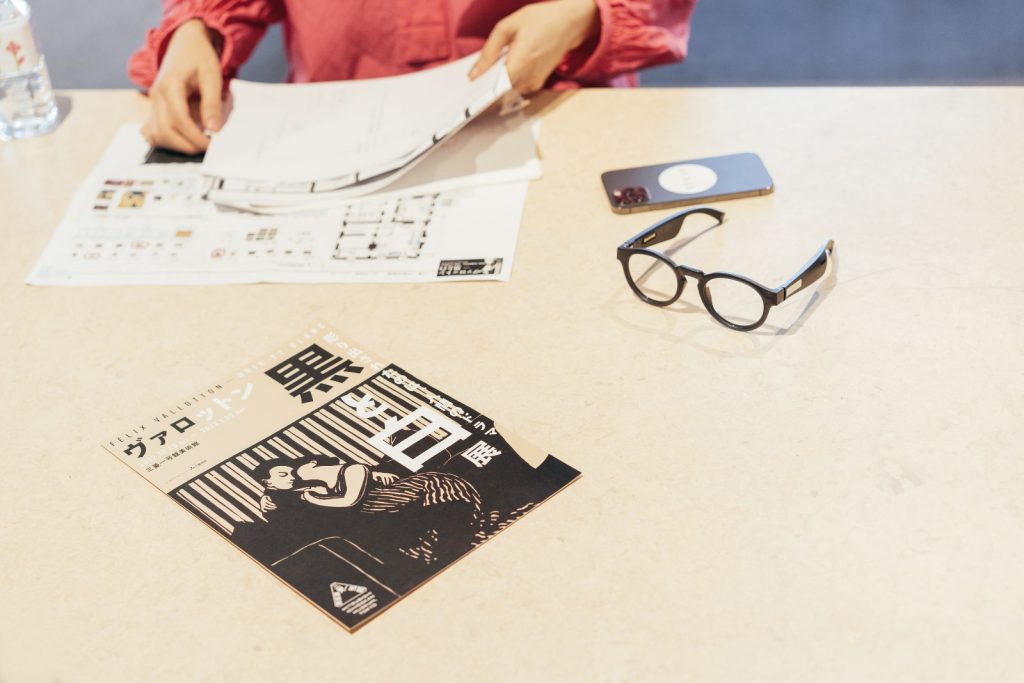
What we want to achieve in the future with “oto rea”
2020Development of oto rea started in 2009, and the first demonstration tests have just begun.
Finally, please tell us how you felt when looking back on this challenge, and what you would like to try in the future.
Sone
Normally, when creating a puzzle, the approach is to collect information, think about it, and use some action as a trigger to derive the answer. But this time, I was able to experience a new quality of manufacturing, using only sound, for example, thinking about selective actions triggered by the mechanism of hearing when you sit down. Also, the fact that you are creating an experience that is not a game is also a big factor, and I thought that using "oto rea", I could really create a variety of stories.
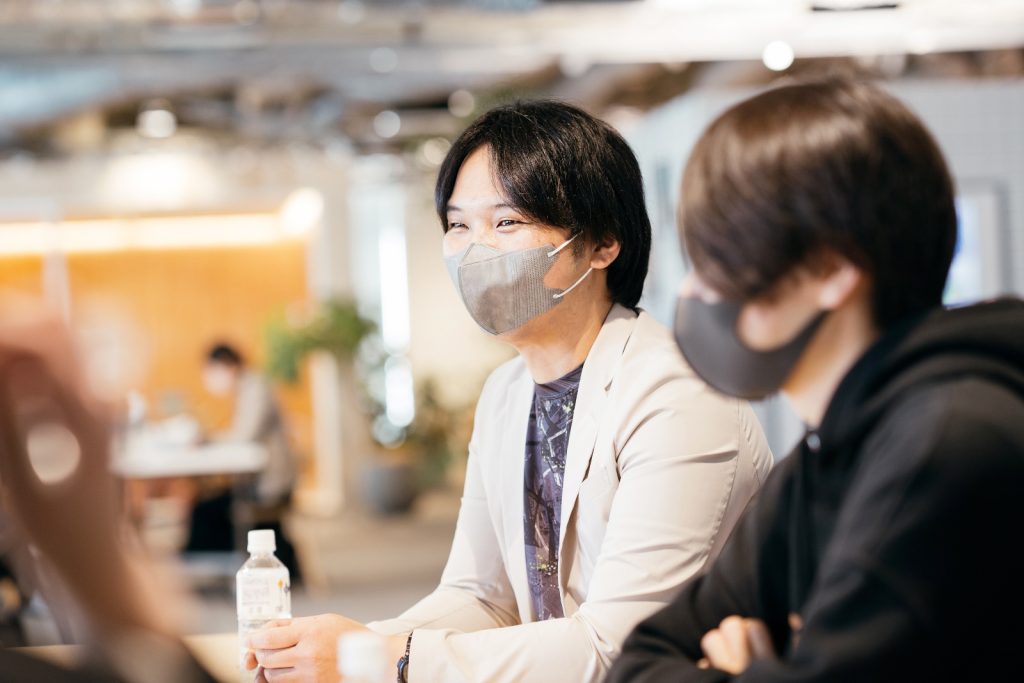
Currently, when you touch a sound placed in a space, you get the same reaction, but if you could create a mechanism like flag management that would have a different reaction after coming into contact with something, you could enjoy it more like a game. And it seems like it would be possible to create a story even if you walk around freely without worrying about the route.
Takeshita
As a matter of fact, we are preparing for flag management as part of our future development roadmap. If you listen to a certain sound, the sound you hear will change, the content you hear will change depending on the route you follow, and the content you hear will differ even if you are traveling together. I'm thinking of something
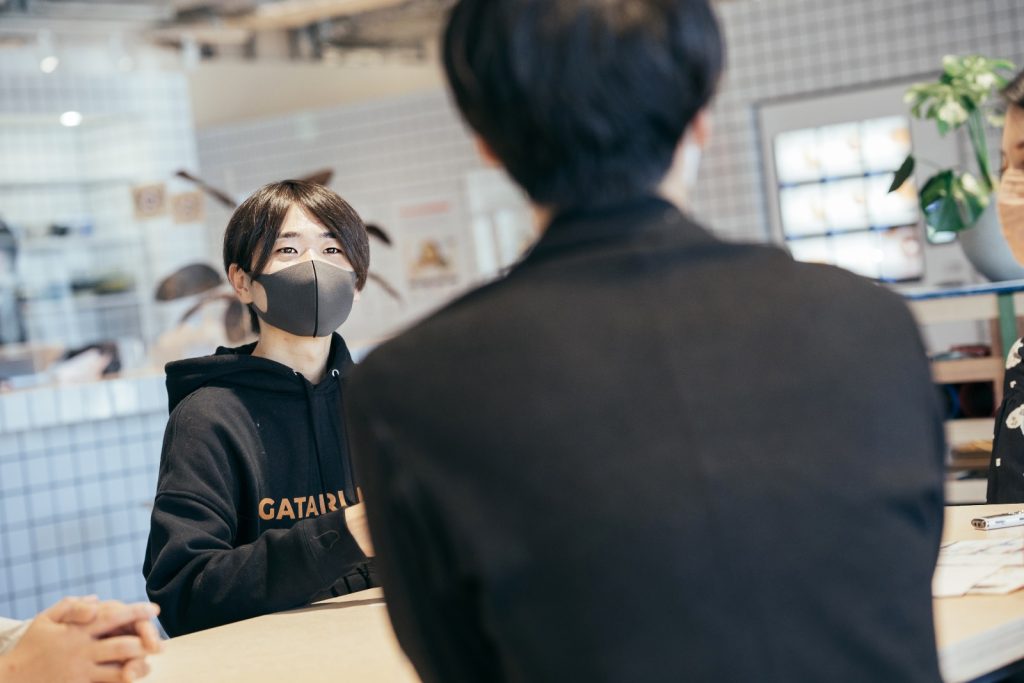
The expression "putting sounds" has been used several times, but "oto rea" is a completely new experience using invisible sounds. This is still in one word! It's hard to put into words, but with this initiative as an opportunity, I thought, "This is what the otorea experience is like, it's interesting! ”, and eventually the name “oto rea” will spread with the image that “this experience can be done here”, and it will be established as a “brand”.Let’s go and experience “oto rea”! I would be happy if the number of fans who think so increases.
Because there is nothing else, it is a chance to do so, and I want to make it a reality. How about Mr. Funatsu and Mr. Murakami?
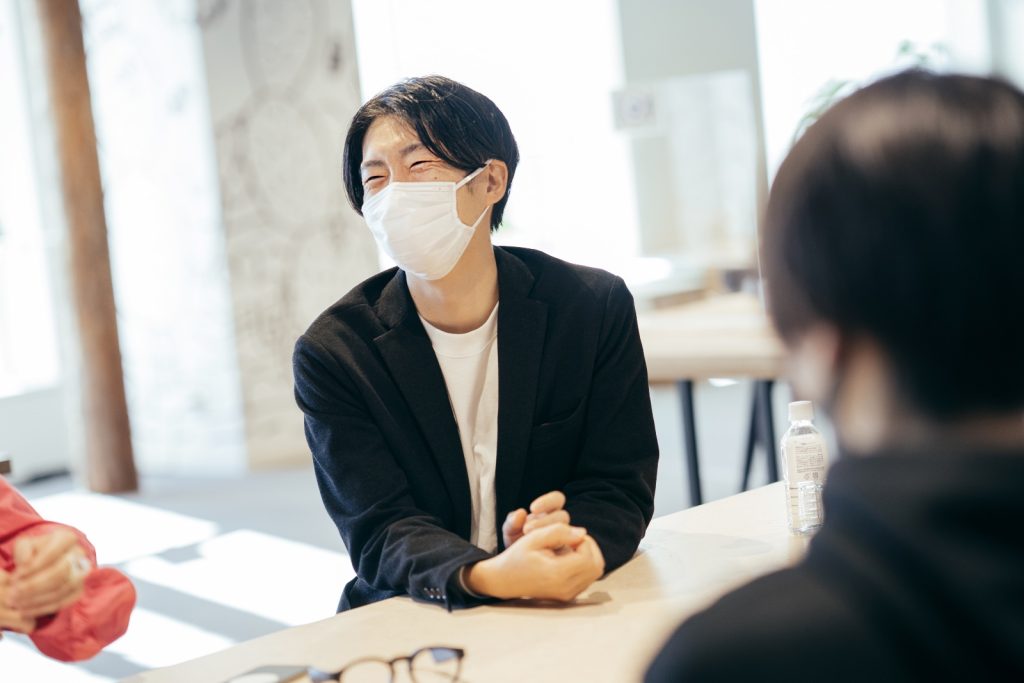
Funatsu
NOMURA Co., Ltd. has been involved in creating a wide range of spaces, and "oto rea" is a content that creates new value for the space and further experiences for visitors by placing sound in the space. I think so. By placing sound in an existing space, it is possible to provide a new experience. I think I can make a suggestion. Experiences with unique new value can also be attractive paid content, and there should be a wide range of ways to use them beyond what you can imagine now.
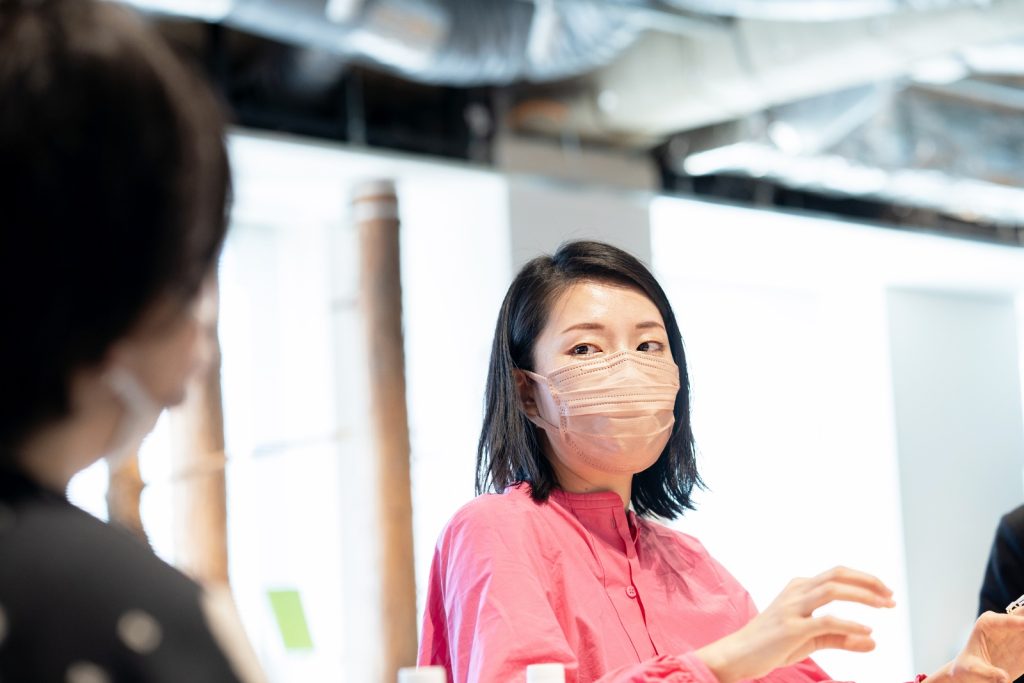
Murakami
I think that it will be a great relief for the client to have a mechanism that can be enjoyed continuously, rather than just creating a building or space. Through this initiative, we were able to create specific implementation processes and examples of space and experience design, so we would like to further improve the experience value of "oto rea" and make new proposals. hey.
Hearing the story of "oto rea", which is likely to evolve into a new phase, makes me even more excited about its future development. I have to make a reservation for the experience at the museum as soon as possible. Thank you for today!
all together
thank you very much!
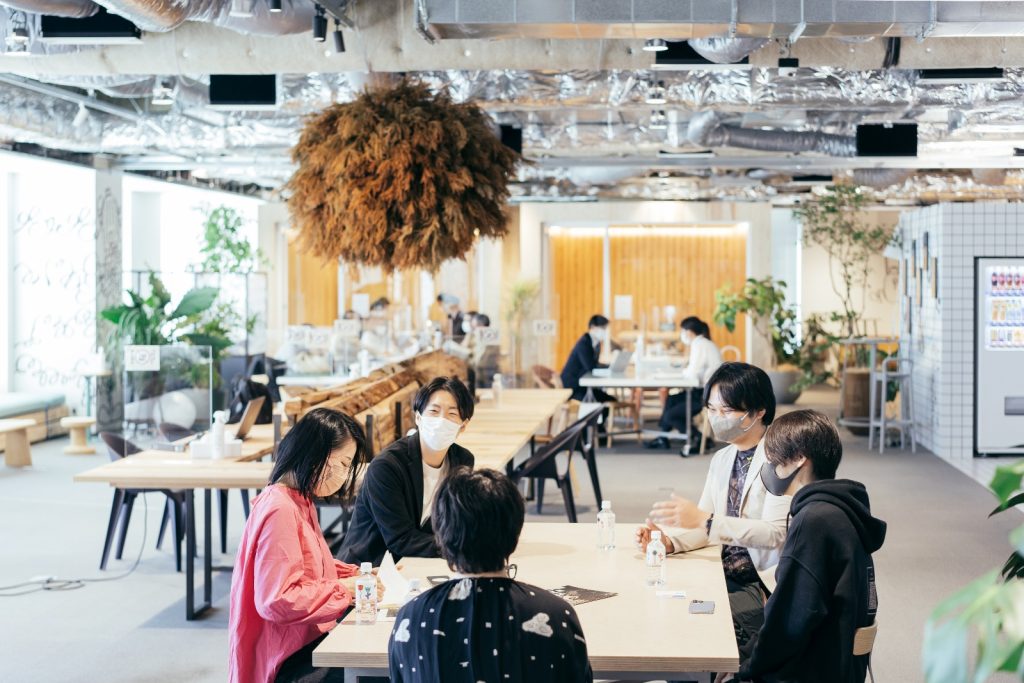
Dialogue facilitation and text: naomi
Interview photo: Yui Yasuda
Planning: Kourei Fukasawa Editing: Hitomi Nakamura, Ai Ichikawa
Overview of the event
Participatory Voice Story at Mitsubishi Ichigokan Museum <Varoton Exhibition>
Overview of “Pursue the Identity of a Mysterious Person in a Black and White World” powered by oto rea
<Story> Experience time: about 1 hour
When I noticed, I was in the museum "young man". I don't remember who I am or why I'm here. Then, from a distance, a "mysterious man" approached him with a trick... a trick... and for some reason helped him regain his memory. Based on that hint, you can go through the museum while looking at the paintings, and experience the story of regaining the memory of the "young man" together. Your final choice will determine the fate of the "young man".
Reservation URL: https://mimt.jp/event/11957/ Currently accepting reservations at Peatix
* Reservations will be closed as soon as the capacity is reached, with 6 people in each slot
Period: December 9th (Friday) to December 23rd (Friday), 2022
The museum will be closed at 21:00 on the 9th (Fri), 14th (Wed), 16th (Fri), and 23rd (Fri).
All other dates will be closed at 18:00.
*December 12th (Mon) and 19th (Mon) are closed days.
Start time :
■When the museum closes at 18:00 (open days excluding the 9th, 14th, 16th, and 23rd)
Starts every 20 minutes from 10:00 to 16:55
* Only the final episode will start at 16:55.
■ Closing at 21:00 (9th, 14th, 16th, 23rd)
Starts every 20 minutes from 10:00 to 19:55
* Only the final episode will start at 19:55.
Participation fee: Free *Advance reservation is required (However, an exhibition ticket valid on the day or an MSS supporter card is required)
Venue: Mitsubishi Ichigokan Museum
Service development: GATARI Co., Ltd.
Experience design: NOMURA Co., Ltd. Co., Ltd.
Scenario and visual production: Haregake Co., Ltd.
Content production cooperation: Mitsubishi Ichigokan Museum
Like this article?

